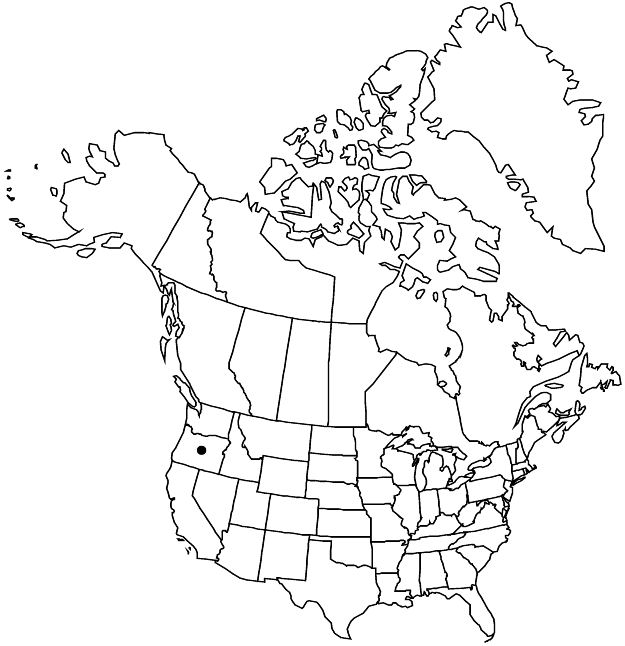Horkelia congesta var. congesta
Stems ± erect, usually greenish, rarely reddish, 3–5 dm, hairs 3 mm proximally. Basal leaves 6–15 × 1.5–3 cm; leaflets 3–6 per side, narrowly cuneate, 10–20 × 2–4(–6) mm, 1/5–1/3 as wide as long. Cauline leaves 3–7; stipules divided 3/4+ into linear to linear-lanceolate lobes. Inflorescences composed of ± corymbiform clusters to capitate glomerules. Flowers: epicalyx bractlets linear to lanceolate, 2–3 mm; hypanthium ± 1/2 as deep as wide; petals (3–)4–6 × (2–)3–5 mm; styles 1.5–2 mm.
Phenology: Flowering spring–summer.
Habitat: Wet to dry remnant prairies, generally near valley bottoms, or on balds of low hills in oak-conifer woodlands, generally on volcanic soil
Elevation: 80–700 m
Discussion
Of conservation concern.
Variety congesta is a component of the vanishing Willamette Prairie flora in western Oregon (T. N. Kaye, unpubl.). The variety has been extirpated from the northern part of its range in Marion, Polk, and Washington counties, and only isolated populations remain in the southern Willamette Valley, primarily in Lane County, and in the Umpqua Valley in Douglas County. A specimen from northern Josephine County (Beach 509, UC) is also referable to var. congesta, and two historic collections from the Rogue River Valley in Jackson County are intermediate between var. congesta and var. nemorosa.
Selected References
None.
